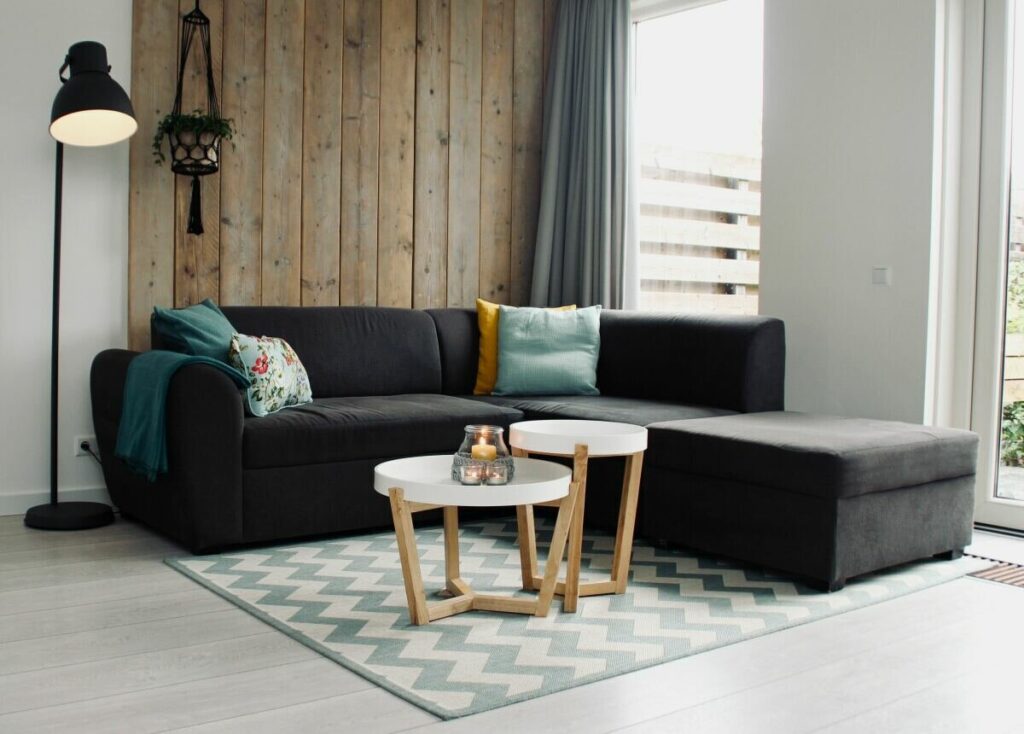
Home Safety Considerations Before You Buy
The perfect home is more than an idyllic setting or picturesque view. Your home’s location can bring safety concerns, some of which can affect insurance costs as well. When touring homes, take note of available services and ask questions before becoming attached to a particular property.
How far is the home from a fire hydrant or water source? Fire and lightning are among the costliest types of home insurance claims. Homes closer to a hydrant can cost less to insure. Some insurers also consider the proximity of a nearby water source in rural areas where hydrants are less common.
How far away is the fire department? Similarly, the distance from the fire department can affect response time in a fire. Homes closer to a fire house can see lower rates.
Has the property flooded in the past? A standard home insurance policy won’t cover damage due to seepage or overland flooding. If the home you’re considering has flooded in the past or might flood in the future, you may need a separate flood insurance policy.
Has the home had prior insurance claims? Past claims from the previous owners can affect rates, in some cases. When underwriting the policy, the new insurer can’t be sure that the damage was completely repaired or that the prior owners have addressed the cause of the claim.
Does the home have built-in safety features? Homes with alarms that contact a central station and homes that have built-in sprinklers can often earn additional discounts on home insurance costs.
Insurance rates reflect insured value, but they also reflect the risk of a loss. Factors that can add to that risk can increase insurance rates, ultimately leading to a higher cost of ownership. There’s also your family’s safety to consider. When shopping for your dream home, consider all aspects before making a purchase. The decision you make can be with you for decades.